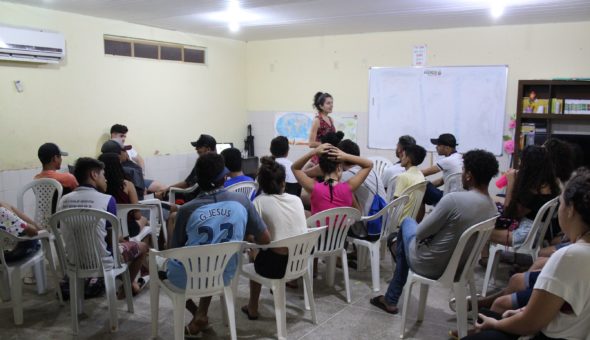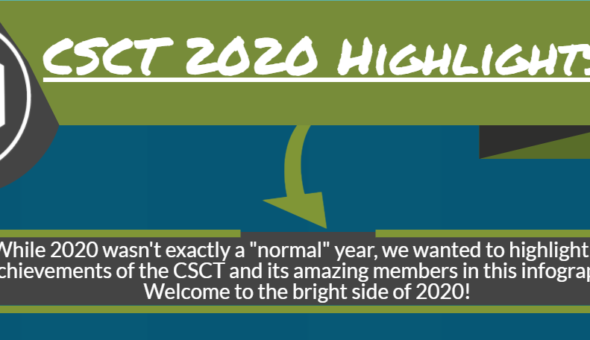Second year CSCT student Jemma Rowlandson recently won the local round of the Institution of Engineering and Technology's Present Around the World (PATW) competition and will be seen again in the National (Area) competition held in June. Here's how she got on:

Ever wondered what would happen if a nuclear weapon detonated above your head? Did you know there is an app that can convert sign language into text? Or how about the fact that the ground underneath the world’s highest railway will soon begin to melt?
These are some of the topics covered last week during the Swindon heat of the IET’s Present Around the World Competition. The premise is simple, up to eight scientists and engineers between the ages of 18-26 present for ten minutes on an engineering related topic of their choice. The most important thing though is how you present rather than what you present.
My presentation focused on hydrogen storage in porous materials. The audience was great and there were lots of interesting questions ranging from how safe is hydrogen? to how long until we see mass market hydrogen cars? I really enjoyed the entire experience, and was announced as the winner of the Swindon heat! The next round is the National (Area) competition held in June.
The best thing about this competition, as you've already seen was the sheer variety of presentations. There were so many great speakers, but one of my personal favourites was by Ananya Gupta, a placement student at Intel. She presented on an app created with a few fellow students during a Hackathon (where computer programmers and software developers have 24 hours to develop a useable piece of software). In their set-up a camera detects hand movements and facial expressions. Their software, which comes on a plug in and play USB device, is programmed to convert these movements into text. Originally intended for use with sign language the software can be programmed to recognise custom gestures. This means users can not only customise it to suit their needs, but it can also be adapted to assist anyone with limited movement.
Another informative and entertaining presentation was given by the Ming-Tak Shum of Siemens, who went on to become the runner up of the competition. Ming-Tak gave us an overview of the Qingzang railway in China. This is the world’s highest railway connecting the provinces of Qinghai and Tibet. At just over 1200 miles long this line took over fifty years to build due to a series of engineering challenges. One of those challenges looks set to become problematic once more. Over 300 miles of the railway is built over permafrost, which is soil that has been frozen for at least two years. With global temperature on the rise due to global warming the permafrost will start melting and is set to threaten the railway line within the current century.
Congratulations Jemma, good luck for the next round! Jemma is working towards her PhD in the CSCT and is supervised by Dr Valeska Ting in Chemical Engineering and Prof Karen Edler in Chemistry.
Responses


